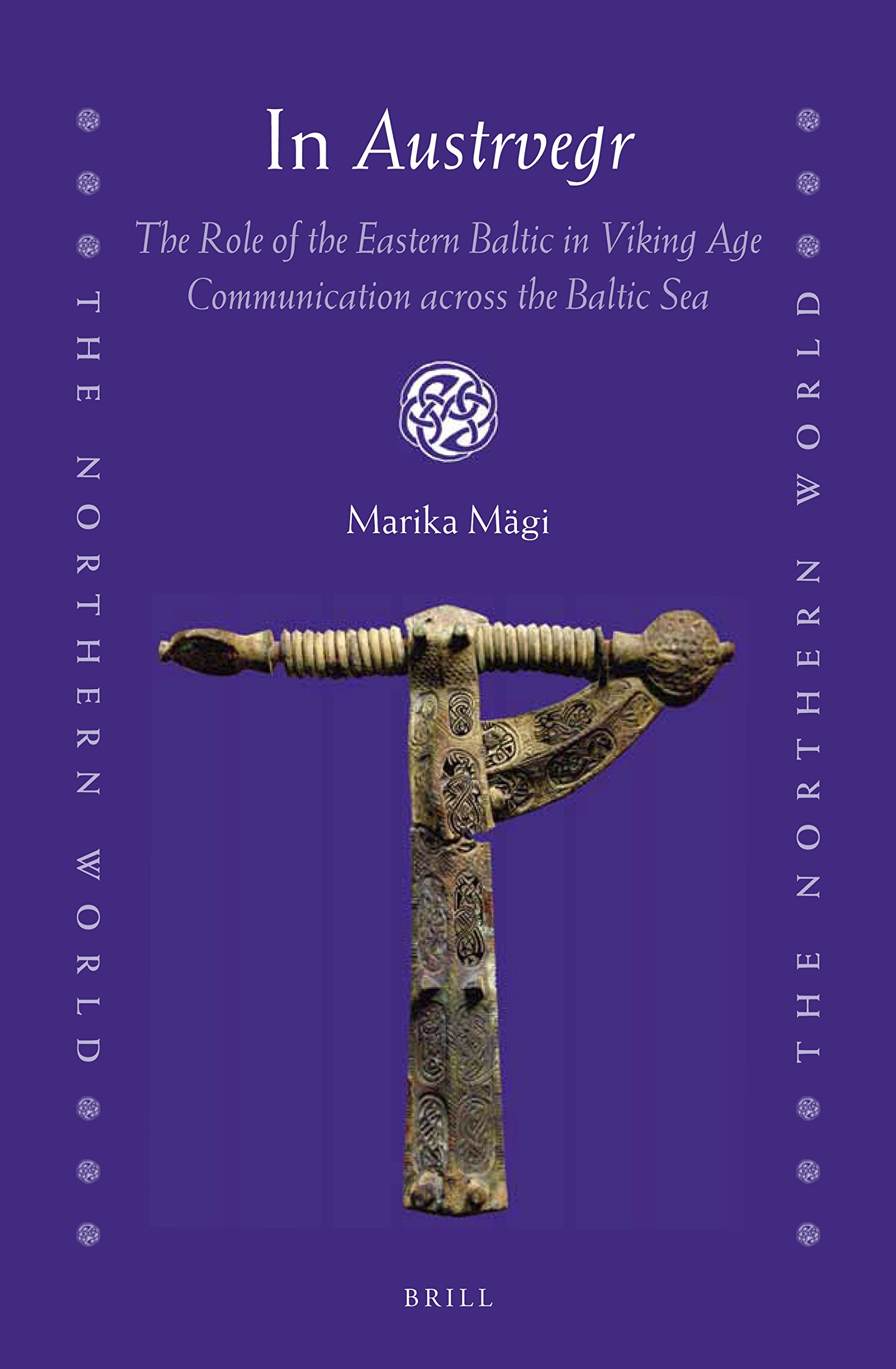


Books in series

Tools, Weapons and Ornaments
Germanic Material Culture in Pre-Carolingian Central Europe, 400-750
2001

Traditions and Transformations in Late Medieval England
2002

The Mother of all Trades
The Baltic Grain Trade in Amsterdam from the Late 16th to the Early 19th Century
2002

An Unofficial Alliance, Scotland and Sweden 1569 - 1654
2003

Fargrskinna, a Catalogue of the Kings of Norway
A Translation With Introduction and Notes
2003

Viking Rus
Studies on the Presence of Scandinavians in Eastern Europe
2004

Kingship and State Formation in Sweden 1130 - 1290
2007

Between Betrothal and Bedding
Marriage Formation in Sweden 1200-1600
2009

Sexuality, Law and Legal Practice and the Reformation in Norway
2009

Reputation and Representation in Fifteenth-Century Europe
The Northern World. North Europe and the Baltic C. 400-1700 Ad Peoples, Economies and Cultu
2004

Texts and Contexts of the Oldest Runic Inscriptions. the Northern World
North Europe and the Baltic C. 400-1700 Ad Peoples, Economies and Cultures, V
2003

The Reign of Alexander II, 1214 - 49
2005

Unpredictability and Presence
Norwegian Kingship in the High Middle Ages
2008

Power and the City in the Netherlandic World
2006

Plantation and Civility in the North Atlantic World
The Case of the Northern Hebrides, 1570 - 1639
2015

Kind Neighbours
Scottish Saints and Society in the Later Middle Ages
2015

The Lordship of the Isles
2014

The Brendan Legend
Texts and Versions
2006

Commerce and Print in the Early Reformation
2007

In Austrvegr
The Role of the Eastern Baltic in Viking Age Communication across the Baltic Sea
2018

Pictish Progress
New Studies on Northern Britain in the Early Middle Ages
2010

St. Magnús of Orkney
A Scandinavian Martyr-Cult in Context
2007

Urban Politics and the British Civil Wars
Edinburgh, 1617 - 53
2006

Slaves and Warriors in Medieval Britain and Ireland, 800 - 1200
2009

A Spirited Exchange
The Wine and Brandy Trade Between France and the Dutch Republic in its Atlantic Framework, 1600 - 1650
2010

Early Medieval Art and Archaeology in the Northern World
Studies in Honour of James Graham-Campbell
2012
Authors



Sharon Michalove grew up in suburban Chicago. She received four degrees from the University of Illinois because she didn't have the gumption to go anywhere else, and spent most of her career at the university, eventually earning a PhD, working in departmental administration, publishing and libraries. Her specialties are 15th-16th century European history, polar exploration, and food history. She may be one of the few people in America to never live outside her home state. In graduate school, she met and married the love of her life. They shared a love of music, theater, travel and cats. He died in 2013. Sharon also loves hockey, reading, cooking, writing, and various less elevated activities like eating cookies and sampling gins and single malts. After spending most of her life in a medium-sized university town she moved back to Chicago in 2017 so she could go to more Blackhawks games and spend quality time at Eataly. She hopes to accomplish a lifetime goal by publishing a book this year. Unfortunately her other lifetime goal, to be English, is likely to remain unfulfilled.
